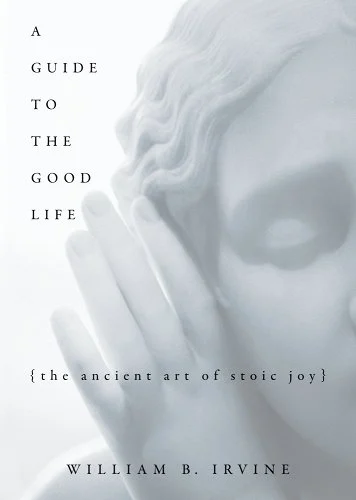I had a nice dinner conversation the other day wherein someone asked me to send them more information about Stoicism. I went looking for the perfect blog post to share, and couldn’t find one. So this is now it. ;)
There’s like a thousand things I could share. Don’t get snowed under by this stuff; Don’t try to read/do all of this…
The book I suggest starting with is The Daily Stoic by Ryan Holiday. This is a good book to just pick up each morning, spend 2 minutes reading, and move on.
If you want to read something which specifically explains Stoicism, I recommend A Guide to the Good Life: The ancient art of Stoic joy by W Irvine. This is an easy read that covers what the ancient Stoics wrote, and how their philosophy can be adapted to modern times.
There’s a good podcast interview with Irvine on a podcast called Philosophy Bites. It’s short episodes (~half hour) where the host and a guest talk about one topic in Philosophy. (There are ~500 episodes.) Irvine’s episode is a great introduction to what is Stoicism.
William B. Irvine on Living Stoically
If you want to read blog posts, my site has a tag for Stoicism. The posts are going to be widely varied, and have lots of links to other things, (as well as all my posts being tagged to lead to other things within my blog.)
You can also dive into some people who sometimes write explicitly about Stoicism but whose work is just generally good to read. Here are links to the corresponding tags on my web site. You can skim/scroll/page through my blog posts to find an interesting place to jump into these other spaces…
David Cain writes a web site, Raptitude.
Leo Babauta writes a web site, Zen Habits.
Enjoy!
ɕ
